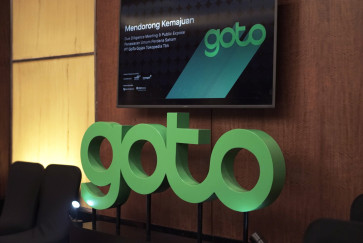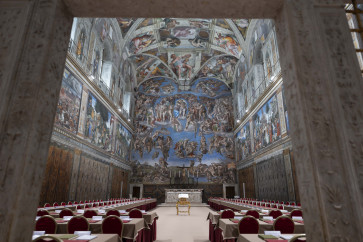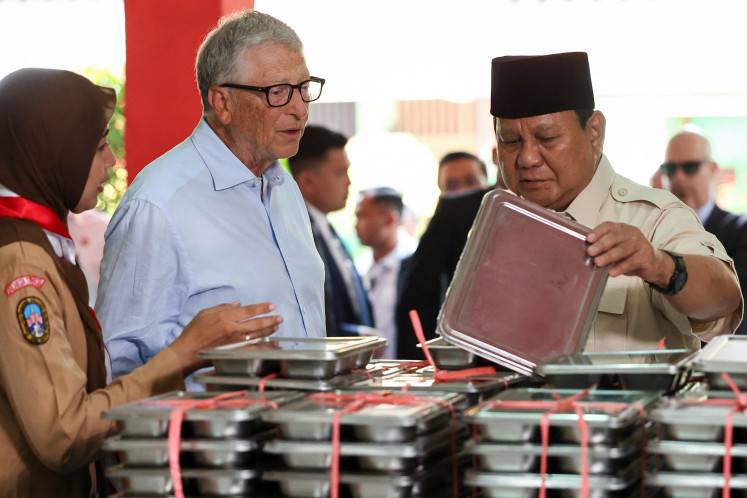Pluralism in classic Betawi literature
An exhibition of Pecenongan writings, rare Betawi literary works from 19th century author Muhammad Bakir, shows that the Betawi community has long been familiar with cultural diversity and pluralism
Change text size
Gift Premium Articles
to Anyone

A
n exhibition of Pecenongan writings, rare Betawi literary works from 19th century author Muhammad Bakir, shows that the Betawi community has long been familiar with cultural diversity and pluralism.
Dewaki Kramadibrata, the editor of the catalogue, said during the opening ceremony of the exhibition on Thursday that the works of Bakir showed that the Betawi community was well used to dealing with diversity as Batavia, the old name for Jakarta, had been a melting pot of Chinese, Indian, European and Arabic ethnic groups.
The exhibition, held at the Taman Ismail Marzuki art center in Central Jakarta until July 20, is presenting 26 works by Bakir of various genres, including adventures, puppet stories, and adaptations of traditional Islamic stories and poems.
Dewaki, an old script expert at the University of Indonesia, said Bakir also blended his thinking and current events of the time into his writings.
'We will find changes in the stories like Rahwana getting drunk because he drank brandy,' she said of one adaptation, adding that through the changes, the readers could see the influence of various ethnicities surrounding the author.
Dewaki said Bakir, a Betawi, used Jawi script (similar to Arabic calligraphy) with the Malay language in his stories but he adapted the stories with concepts familiar to his customers.
'We find dragons and fish, commonly known as Chinese symbols in the illustrations of his writings,' she said.
A curator of the National Library's old script collection, Aditia Gunawan, said Bakir was quite witty in copying the works and adding more details and making improvements, including information about current issues.
Aditia said Bakir, who was also a teacher of the Koran, was very open-minded. He said Bakir appreciated beauty and once wrote a warning in a work, which had a picture of a European-looking angel.
'He wrote: 'Don't take out the picture, I pray that anyone who takes it out will have sore eyes',' Aditia said.
Bakir rented books in the Fadli reading center, in Pecenongan. Bakir, who had more than 32 works, was usually paid to read stories to his customers, mostly Chinese people in the neighborhood.
After his death, his family sold his stories to the Bataviaasch Genootchap van Kunsten en Wetenschappen (the Batavian Society of Science) from 1889 to 1899 and they eventually became a collection of the National Library.
Aditia said the exhibition was a gift for Jakarta's 486th anniversary as Betawi scripts were rarely put on public display.
'It is also important to introduce Bakir's works as they reveal the identity of Betawi writers during the transition from the traditional to the modern era of Indonesian literature,' he said.
'This kind of work shows that Indonesia, especially Jakarta, has great works that we can be proud of,' Dewaki added.









